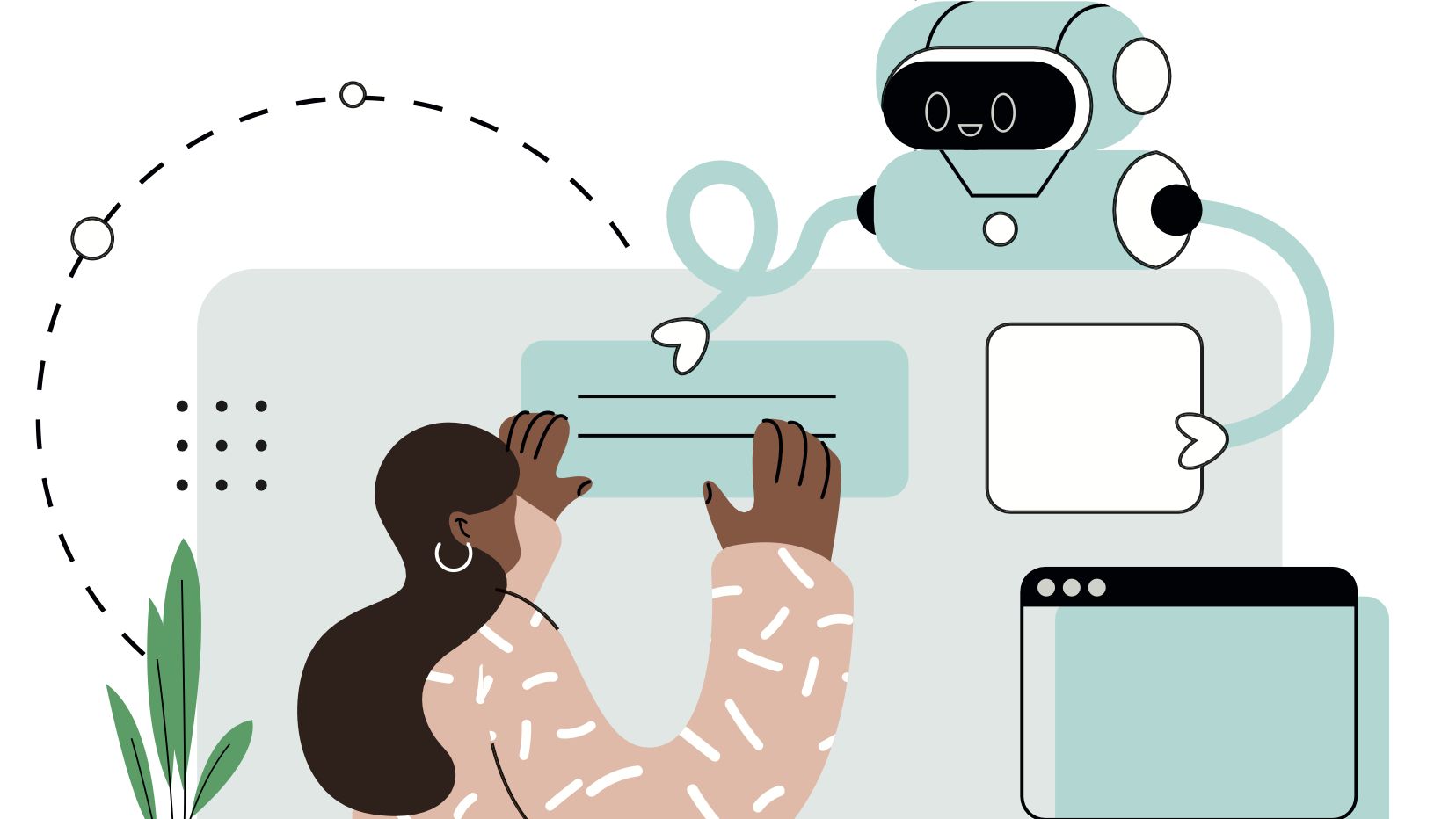Six trends are shaping the future of leadership. Here’s what you can do to prepare.
What does it take to be a successful leader? The answer to that question was probably different ten years ago – even just one year ago. The world of work is continually changing. The Covid-19 pandemic has shown just how volatile and uncertain the world is, and acted as a catalyst to accelerate several existing trends. It has caused many leaders to re-evaluate their skills and mindsets.
To succeed in the future, leaders have to be aware of what is happening in the world around them and how things are changing. For my new book, The Future Leader, I interviewed more than 140 top chief executives around the world – from organizations like Oracle, Unilever, Mastercard, Best Buy, Verizon, Audi, KPMG and dozens of others. From their input and my additional research, I distilled six trends that are setting the foundation for the future of work and the future of leadership.
If the past two years have shown us anything, it’s the value of being adaptable and paying attention to how the world is changing. Even if you aren’t currently in a leadership role, you can prepare now to be a future leader. It starts by knowing how leadership and the world is changing.
1 AI and technology
When I spoke with global chief executives, the impact of AI and technology was overwhelmingly the biggest trend impacting leadership. Technology is changing everything about how we live, work, and lead. Even just ten years ago, leadership was completely different – AI was in its infancy, technology was less developed, and there were far fewer social media channels.
Now, technology is evolving at breakneck speed. It has the power to completely transform how businesses operate and people work: it is what made it possible for most companies to switch to remote work in 2020, something likely to become a long-term practice.
Leaders have to leverage new technology by understanding what’s happening around them and how it can impact and improve their businesses. But they also have to mitigate their employees’ fears about getting replaced by technology, or having to learn how to use new programs. As Apple’s Tim Cook has said, “What all of us have to do is to make sure we are using AI in a way that is for the benefit of humanity, not to the detriment of humanity.”
To calm employees’ fears, leaders need to remain positive about new technology. They don’t necessarily need to be technology experts, but they do need a basic understanding of what is changing in the technology space, so they can embrace AI and technology instead of fearing it.
What you can do now:
- Pay attention to how technology is developing. You don’t need to be a leader to learn about AI and technology. Develop a basic understanding of how the technology works and where it is going
- Stay abreast of developments across all industries, not just yours
- Continually experiment with new technologies. Get familiar with what they are, what they do, and how they work on a high level
- Develop the human side of leadership. Future leaders need to balance AI and technology with human skills. Build relationships, practise empathy, and learn to listen and communicate.
2 Pace of change
Going hand-in-hand with AI and technology is the overall pace of change. Changes in how we live and work happen faster than ever. Trends cycle through more quickly; products and ideas don’t stay relevant for long. And as fast as it is now, change is only going to accelerate. As Richard Fain, chairman of Royal Caribbean Cruises, told me: “The pace of change today is slower than it will ever be again.”
Leaders who are willing to take risks – to ‘be the change’ – will lead their companies to the greatest success. Future leaders need to be agile, easily adaptable, and comfortable challenging the status quo. They must lean in and set the tone for their employees to embrace change instead of fearing it.
“Organizations that are not continually learning and adapting will lose their competitive edge,” says Jo Ann Jenkins, chief executive of AARP.
What you can do now:
- Experiment and test ideas frequently, for yourself and your team. Constantly look for new and better ways of doing things to build the habit of continual evolution
- Don’t let fear guide your decision making. Embrace uncertainty
- Pay attention to trends impacting your industry, your company and your career.
3 Purpose and meaning
Employees are the cornerstone of every organization, and their power is increasing. Companies used to be able to entice new talent with big salaries, but today’s employees care about more than just money. More than ever, they want to work for an organization that provides purpose and meaning: McKinsey research has found that Covid prompted nearly two-thirds of employees in the US to reflect on their purpose in life and nearly half are reconsidering the work they do as a result.
Put simply, “Leaders of the future need to be much more aware of their organization’s purpose,” as Barbara Humpton, chief executive of Siemens USA, told me. In the end, it’s a matter of performance: “We’ve come through a business era where we’ve focused on the pursuit of shareholder value. And what we’re seeing is that that blind pursuit of shareholder value can sometimes undermine, ultimately, the long-term viability of the organization.”
Purpose and meaning are two different, but equally important, parts of the equation. Purpose is the intention of the job: your purpose creates an impact or outcome, which then drives meaning, or why you do what you do. It is the personal impact of each employee’s work. Employees want to work for an organization that is doing good in the world, but they also want to see directly how their work contributes to overall goals. In fact, 70% of employees say their sense of purpose is defined by their work.
Leaders need to set the tone by creating a culture that prioritizes more than just money. And they need to realize their own meaning before they can help employees do the same.
What you can do now:
- Understand your job, purpose, impact and meaning. Even if you aren’t yet in a leadership role, you can work to find the meaning of your work. How is what you do contributing to the larger goals of the company?
- Get to know your colleagues and leaders as individuals. Learn about the unique motivations that drive their purpose and meaning
4 New talent landscape
How companies attract and retain talent is changing profoundly, especially as older employees retire and a new generation enters the workforce, creating organizations that have employees from four or five generations working together. By 2030, there will be an estimated global talent shortage of 85 million people, causing organizations around the world to pay an additional $2.5 trillion to secure talent.
At the same time, diversity and inclusion have become hot-button issues that matter to employees and employers. Future leaders need to focus on both – it’s not enough to just put people from different backgrounds and demographics together in a team. Leaders need to work to ensure that employees are welcomed, feel like they belong and can bring their whole selves to work.
The new talent landscape affects every employee, not just those new to the organization. The changes driven by new technology are making training and upskilling employees ever more important. Employees need to take control of their own personal and professional development, but leaders and organizations also need to provide mentoring and guidance to give employees the tools they need to evolve and grow.
What you can do now:
- Use whatever influence you have to create diverse teams. Employees at every level can demand diverse teams, and those in managerial positions can hire diverse people. Once you’ve created a diverse team, work diligently to ensure that each person feels like they belong and are valued
- Participate in a mentorship programme. Younger employees can learn from more experienced employees, or mentor older employees on things like technology and social media
- Continually evaluate your skills and upskill as necessary. Don’t assume that what you learned in school or when you first started working is all you need to know now.
5 Morality, ethics and transparency
It used to be that leaders who were the loudest, brashest, and most ego-driven were the ones who got noticed and seemed to be the most successful. Those days are gone, and a new wave of humble servant leaders has taken their place. A push for morality, ethics and transparency has led to more authentic and humble leaders.
Research shows that companies with ethical foundations both perform better financially and have higher customer and employee satisfaction. In one study, the bottom-scoring companies on business ethics were four times more likely than their top-scoring counterparts to experience a severe stock-price loss.
The need for transparency has never been greater. Through social media, leaders are under a bright spotlight. At the same time, employees, customers, and shareholders demand authentic leaders who don’t hide behind their titles but who are actively engaged with their companies and show their personalities and values. “When I hold meetings, anyone is allowed to question a practice, a policy, or a behaviour in our company, and they are also allowed to question me as a leader,” says Wolf-Henning Scheider, CEO of manufacturers ZF Friedrichshafen. “There should be no place for leaders to hide in their organizations.”
Leaders of the future must therefore determine their moral compasses and have a strong sense of their personal beliefs. They need to be trustworthy, authentic, transparent, and act according to their personal moral code.
What you can do now:
- Create your own definition of leadership. Think about what matters to you as a leader and what characteristics and skills you prioritize in leaders, then work to build those in yourself. With a strong definition, you can put filters in place to promote and train the best future leaders
- Create your personal code of ethics. Decide what you stand for and the personal guidelines you will follow to make good decisions. Establishing your ethical and moral compass now makes it easier to make the right decisions in the moment, even if they are difficult
- Practise transparency with your leaders and colleagues. You don’t have to be a leader to give transparent updates on projects and authentically share your work and personality
- Demand transparency in your organization. Ask questions and make it clear that employees want leaders who are ethical, authentic, and transparent. Do your part to build a culture of transparency that you can build on as a future leader.
6 Globalization
Increased connectivity and technology makes the world smaller. Today, all organizations are global, with the potential to reach international audiences and hire employees from around the world.
Those are huge opportunities, but they come with challenges. Pierre-André de Chalendar, chief executive and chairman of Saint-Gobain, points out that the flipside of this global connectivity has been “a strong comeback of regional specificities. A good knowledge of local culture is a crucial condition for success.”
Future leaders need to be global citizens who appreciate different cultures and can communicate across cultural and language barriers. They need to understand complex geopolitical issues. They can no longer lead on an island: they must understand, and be prepared to get involved with, global issues.
What you can do now:
- Pay attention to the world around you. Read the news and know what is happening in other industries and countries. Talk to people from other parts of the world to learn about their cultures and beliefs
- Prepare your employees to potentially work with customers and colleagues from around the world
- Become a global citizen. That doesn’t mean you have to live somewhere else in the world, but it does mean you need to be able to lead in different situations by learning and listening to people from different cultures and backgrounds
Understanding these six trends is crucial to becoming a future-ready leader. The world of work is constantly changing, but if you can identify the changing parts, you can prepare to lead in a rapidly evolving world.







